'Alchemies': Bharti Kher sculpts magic into the female body at Yorkshire Sculpture Park
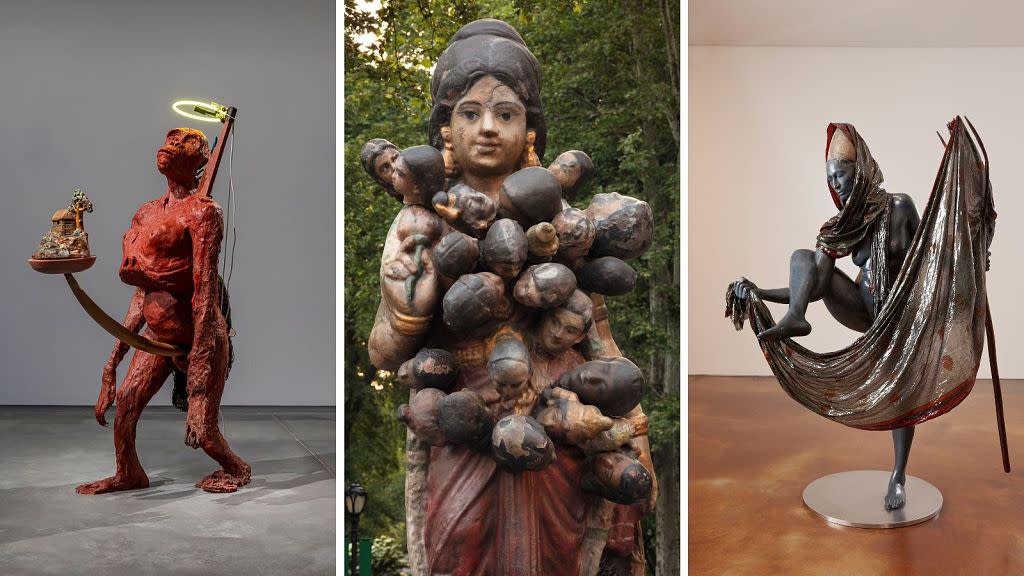
A red pipe of glowing glass bangles runs horizontally through Yorkshire Sculpture Park’s Underground Gallery, replicating an artery.
Walking beneath it, there’s a sense of being both inside and outside of yourself; grounded by the functional elements of our bodies, while also elevated by their connection to something greater.
This is artist Bharti Kher’s goal: to help us - women, especially - realise our unlimited potential.
Denmark’s National Museum explores the life of the formidable Viking sorceress Völva
Explore the past, present and future in 'The Infinite Woman': Alona Pardo's new exhibition
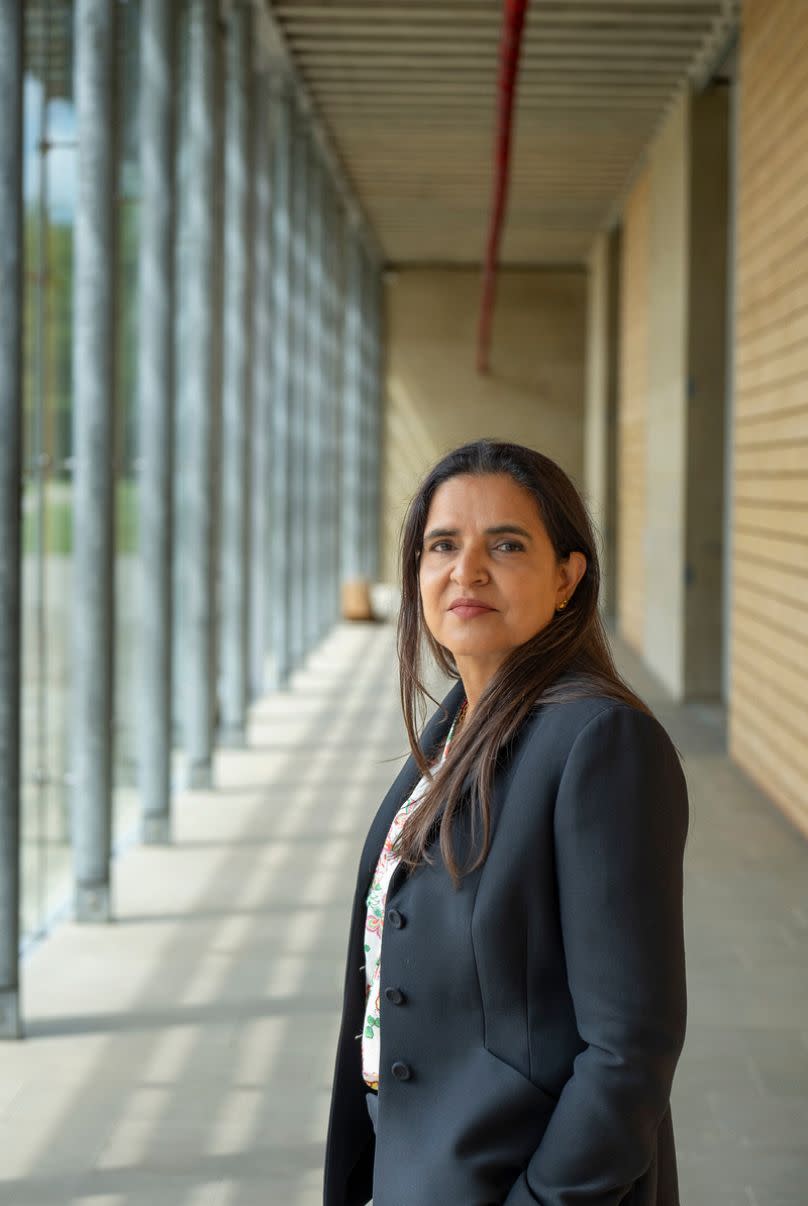
“I break the body to release it from itself, I cast the body so that I can take memories from the body,” Kher said during an introduction to her new exhibition, ‘Alchemies’.
“It’s this sort of desperation to understand, what is the body? Who are we? And what is the potential? Is there more to me than I think? Can I walk in the clouds? Can I transverse? Is my imagination greater than the physicality of my body?”
Through works from 2000-2024, Kher explores ideas of female identity and transformation, signalled by her outdoor bronze sculptures that appear divine and dream-like against the Sculpture Park's manicured greenery, crowned with clouds.
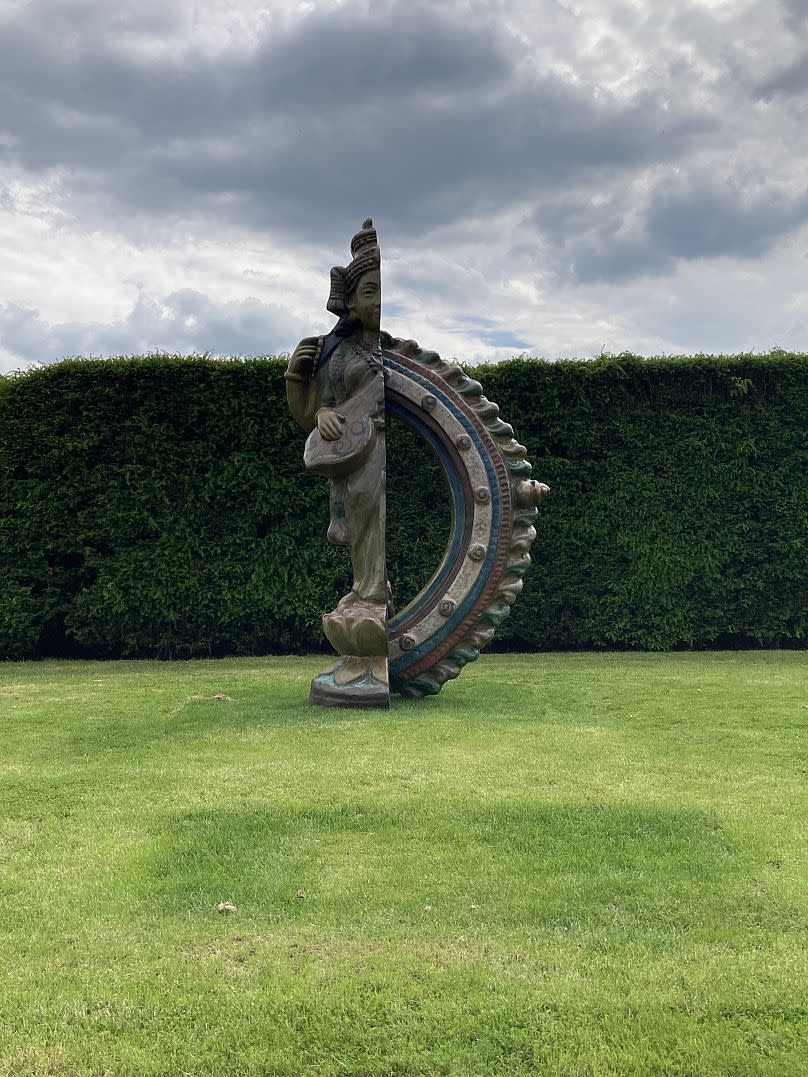
Born in London, Kher moved to Delhi in the early 90s and continues to live and work between the two countries.
Indian culture is the spark at the heart of every idea, its spiritual ideologies and traditional materials used as tools for transformation - and the deconstruction of political, gender and identity issues.
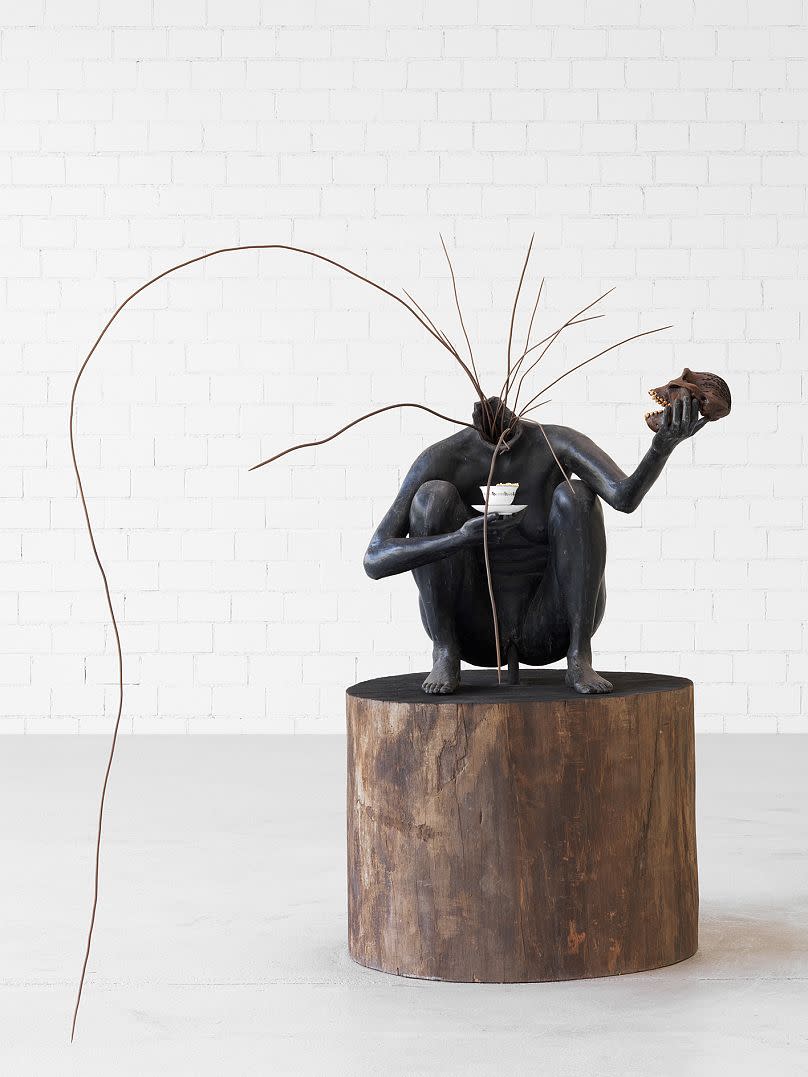
'Alchemies' begins with some of Kher's most powerful abstract works, like 'The Deaf Room' (2001-12), a solemn enclave made from 10 tonnes of glass bangles, melted into bricks.
Even when not sculpted literally, the body is always present in Kher's works - here, through the use of accessories once designed to dangle from it; delicate things that together form a strong, resistant structure.
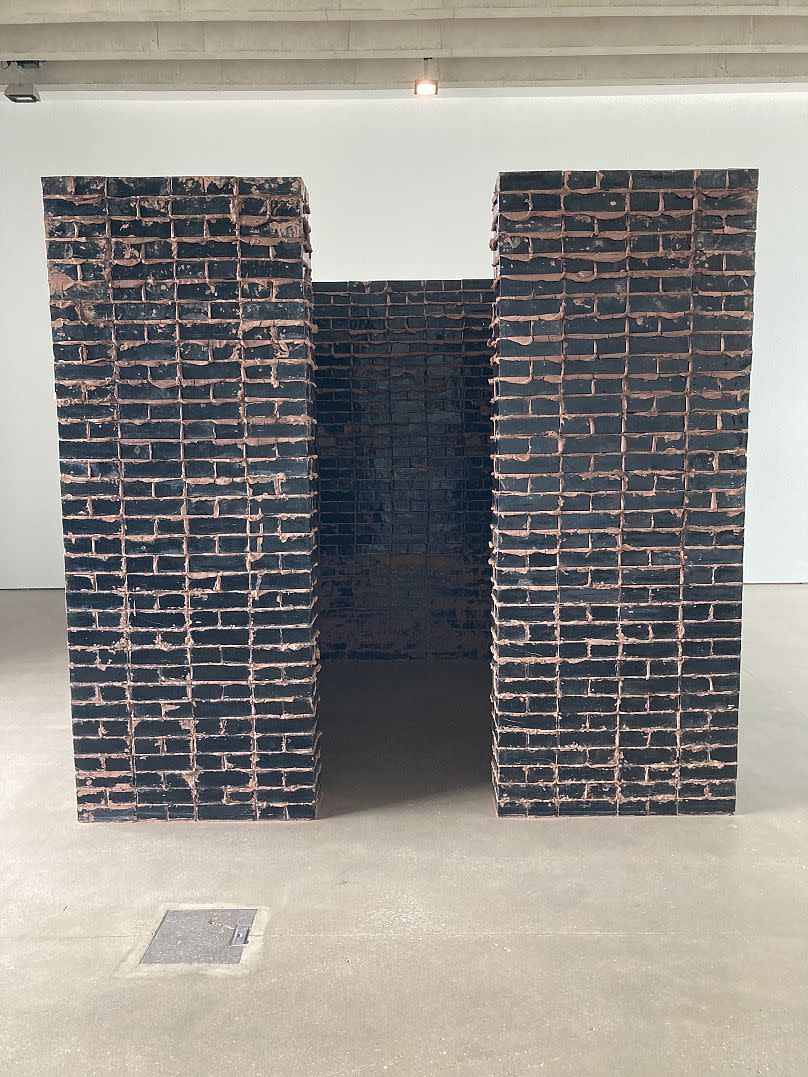
Swallowing those that step inside with shadow, it pays tribute to silenced women and the 2002 Gujarat riots, during which an estimated 1000 people died over the course of three days.
Found objects often mark the beginning and end of Kher's works, their "inherent histories" conjuring a kind of rebirth.
"The most innocuous of places or times, you'll just pick something up and think, ah! I need that, or that could be part of something I'm interested in working with. You're just trying to be open [to inspiration]," Kher told Euronews Culture.
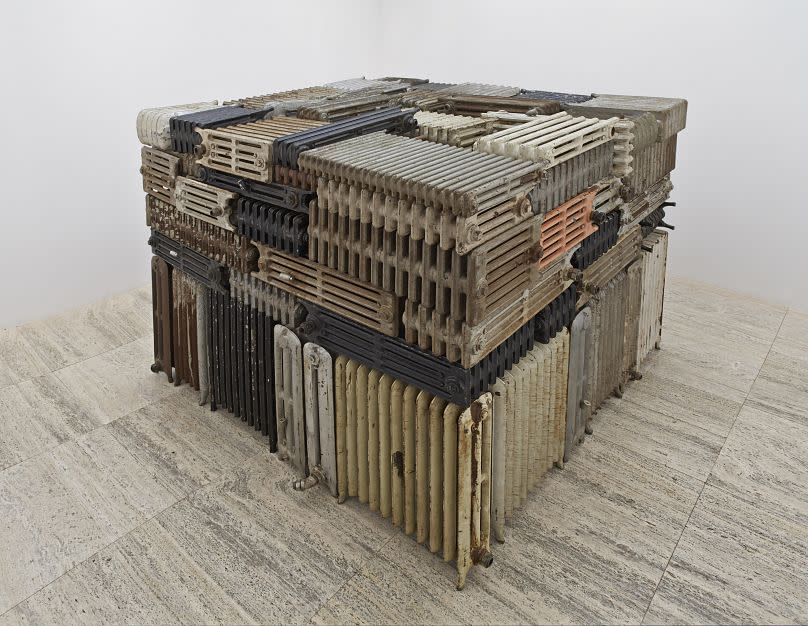
In 'The hot winds that blow from the West' (2011), these objects take the form of old, rusted radiators from the US, melded together into a monolithic cube. In the absence of their original use, they take on a weightier philosophical value, a metaphor for power dynamics between the East and West.
Elaborating on this, Kher said: “We think of winds as harbingers of change, carrying voices of transformation. From where I sit, the winds blowing nowadays from the West are no longer as strong or reliable as they were. Other voices are changing the landscape now and political uncertainties have put the world in flux, economic actions of global markets are more and more causing ecological ramifications elsewhere, feeling evermore precarious."
Metamorphosis
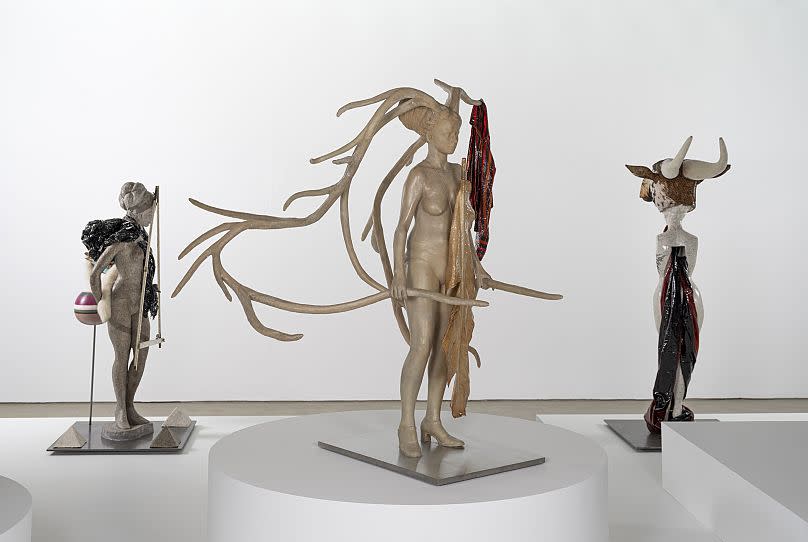
A defining feature of Kher's sculptural works are their focus on the female body, inspired by temple sculptures then elevated with animalistic traits and Asian customs.
"I had never seen a public sculpture with a sari," Kher said, a realisation that inspired her 'Sari Women' series.
Coated in resin, the saris are draped across the bodies in various ways, sometimes completely obscuring them to create illusions of spiritual transformation.
“Saris hold the stories of our lives; the single piece of fabric that you wear through life, finally becomes your shroud,” Kher said.
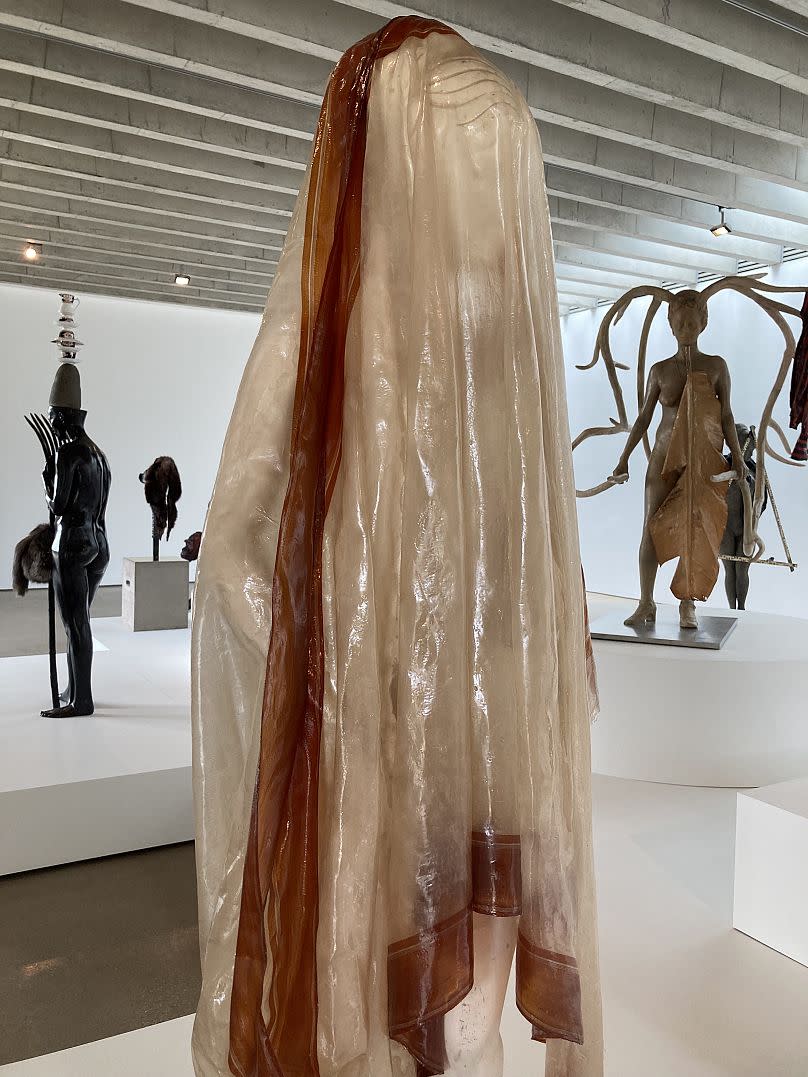
Tapping into the patriarchal contradictions put upon women, Kher infuses many of her creations with powerful primal features related to folklore and mystical creatures.
The 'Hybrid Series' (2004) is a collection of digitally collaged photographs of women performing domestic acts such as cooking and cleaning, traditional female roles that become detached and empowered with the models' transformations into half-animals.
There's always a sense of selfhood being dismantled in Kher's works, a questioning of the things that keep us feeling tethered to limitations.
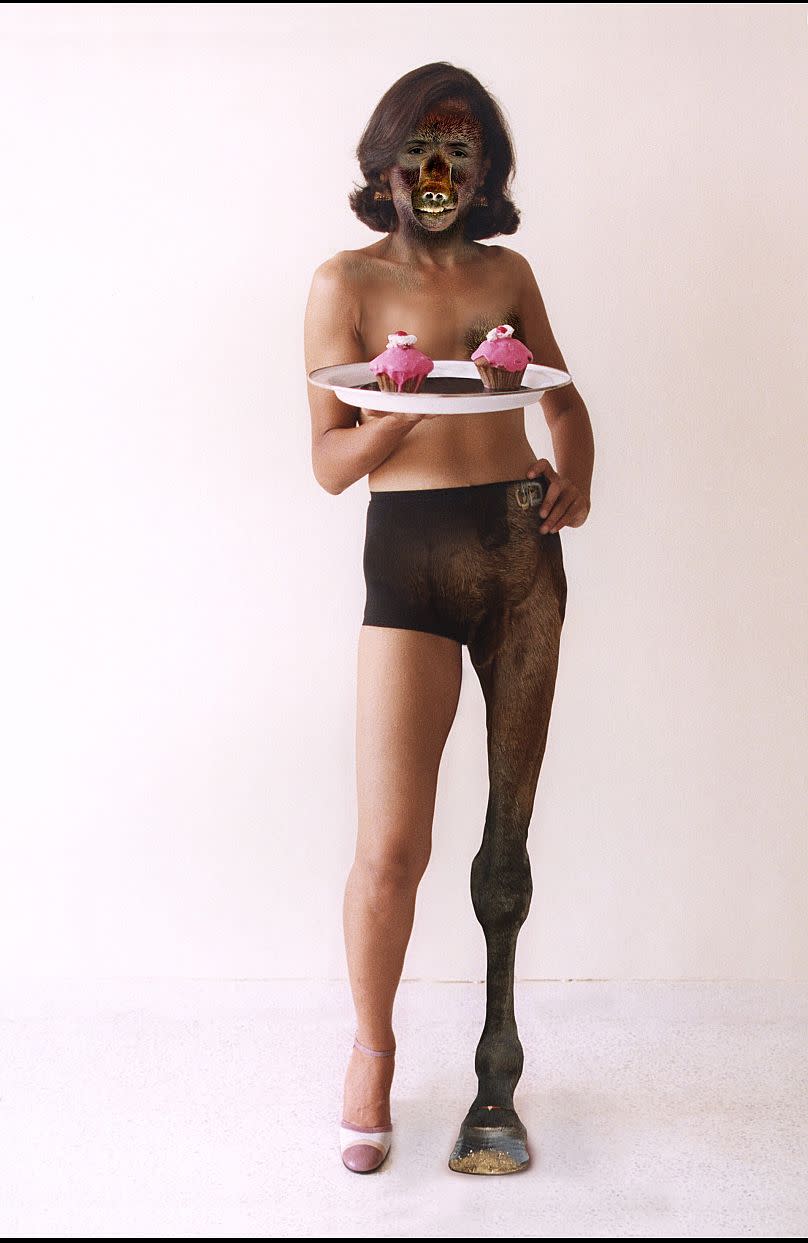
In the final room, visitors are faced with six shut-eyed plaster casts of female sex workers from the Indian city of Kolkata.
Shoulders slightly hunched, they each sit meditatively, their hands on their knees in an environment that's blanketed by humble silence, only broken by the echo of footsteps and breath.
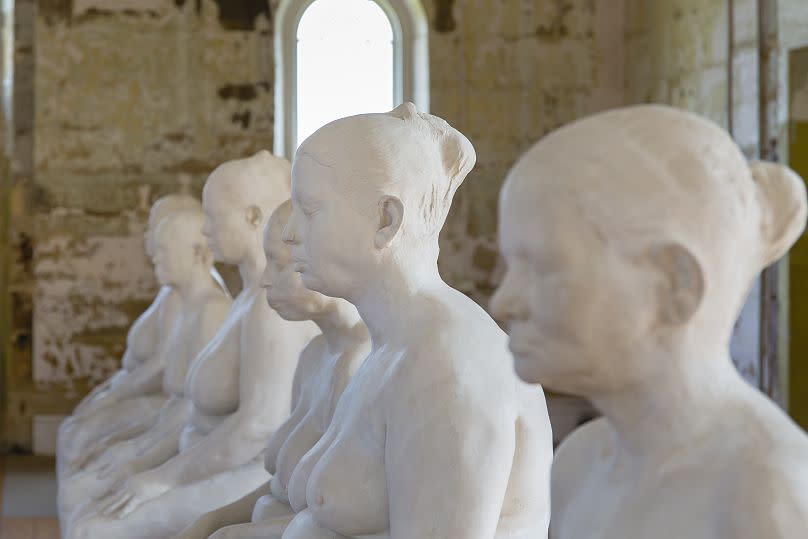
Created between 2012-2014, Kher wanted the models to be 40 or over to match her own age, and to reflect the real - not sexualised or idealised - bodies of women that are textured and rolled through lived experiences.
Their occupation as sex workers also calls into question ideas around transaction and consumerism, vulnerability and strength, and how our bodies can carry the experiences of other bodies.
"You are trying to capture [the models'] breath, to find the imprint of their minds and thoughts, and the secrets of the soul…What the cast carries, only the model can give," Kher said in a statement for the Biennale of Sydney, where 'Six Women' was originally shown.
Beside these figures, a spiral of bindis catches the gaze, hued with sunny yellows that warm a small section of the room.
Started in 2010, Kher won't finish 'Virus' until 2039, when she turns 70. Its continuous spin creates the illusion of falling into something; perhaps the continuum of time that is forever expanding who we are, and who we might become.
'Bharti Kher: Alchemies' is on at Yorkshire Sculpture Park until 27 April 2025.


